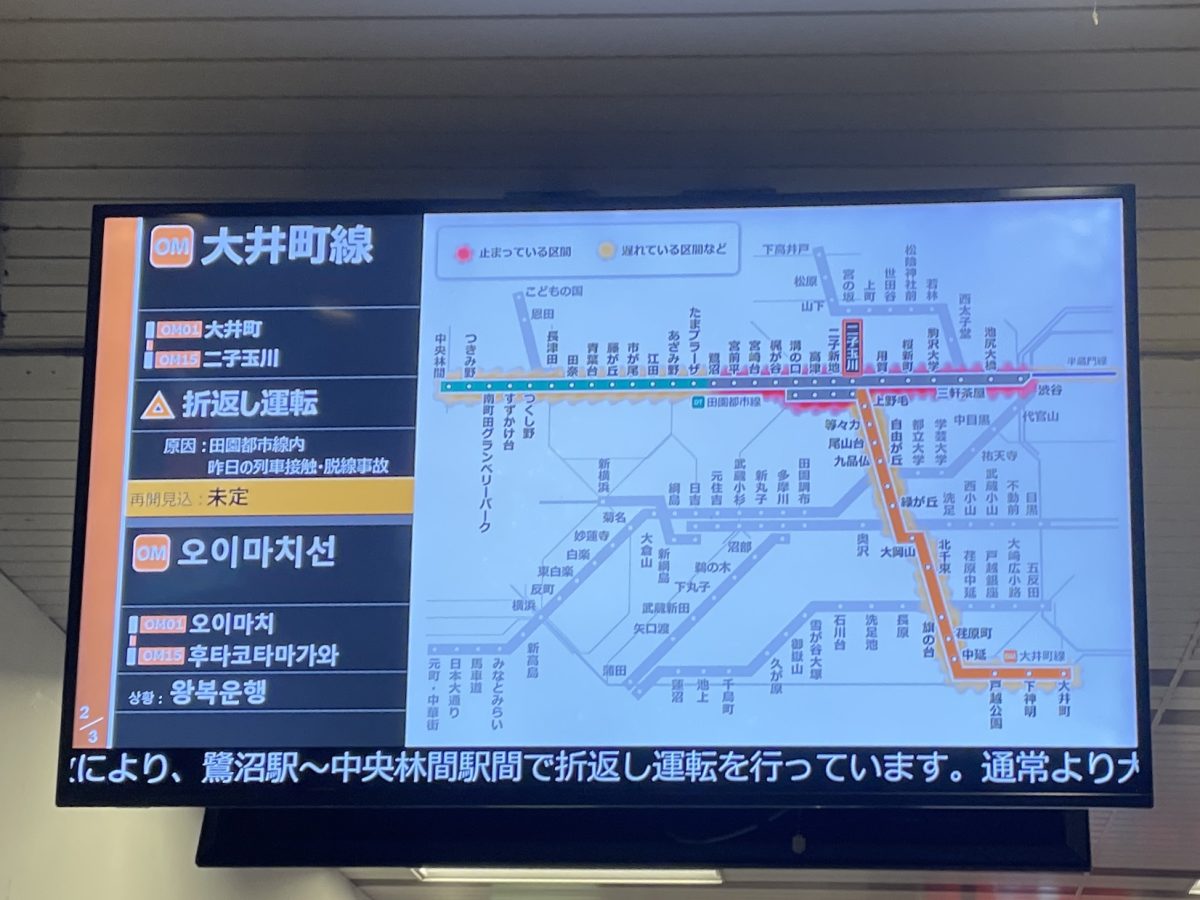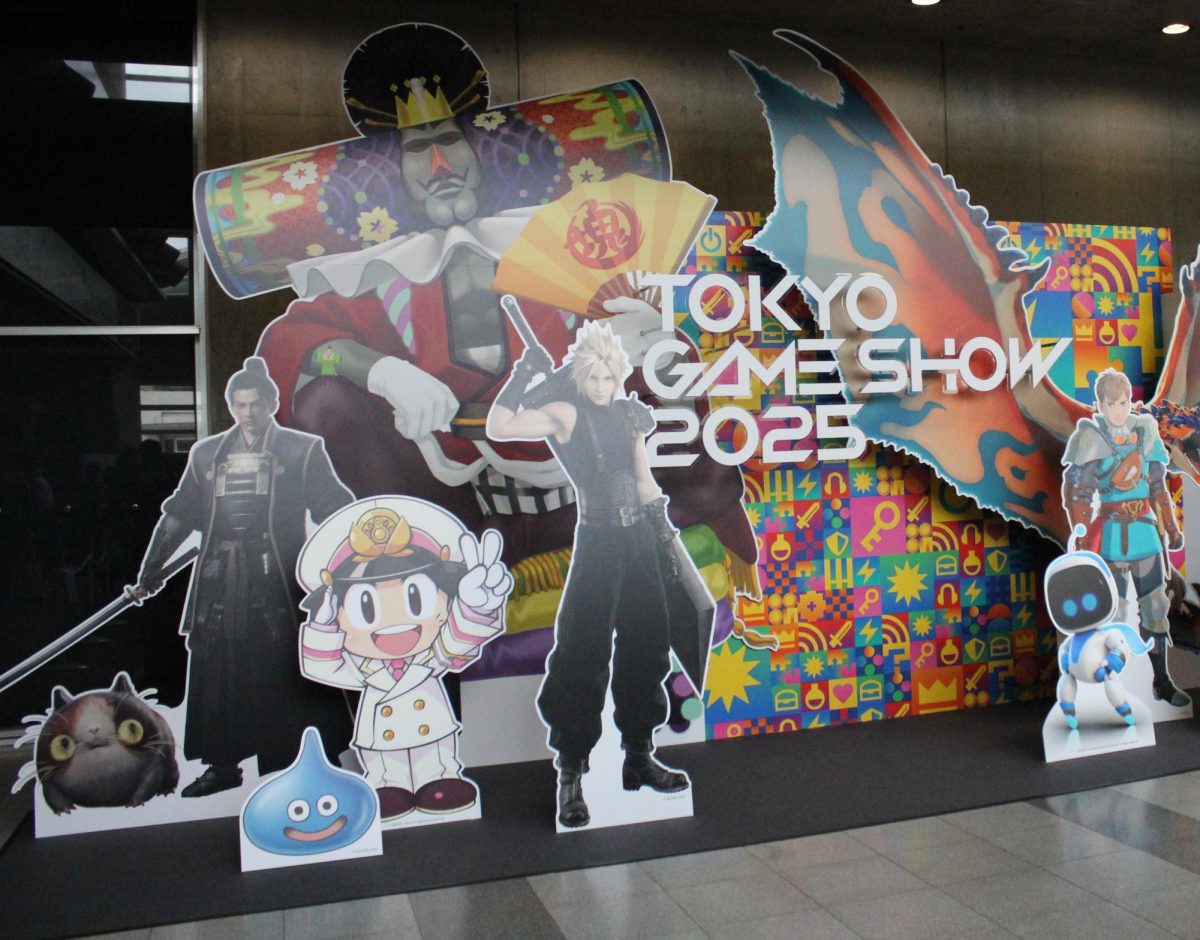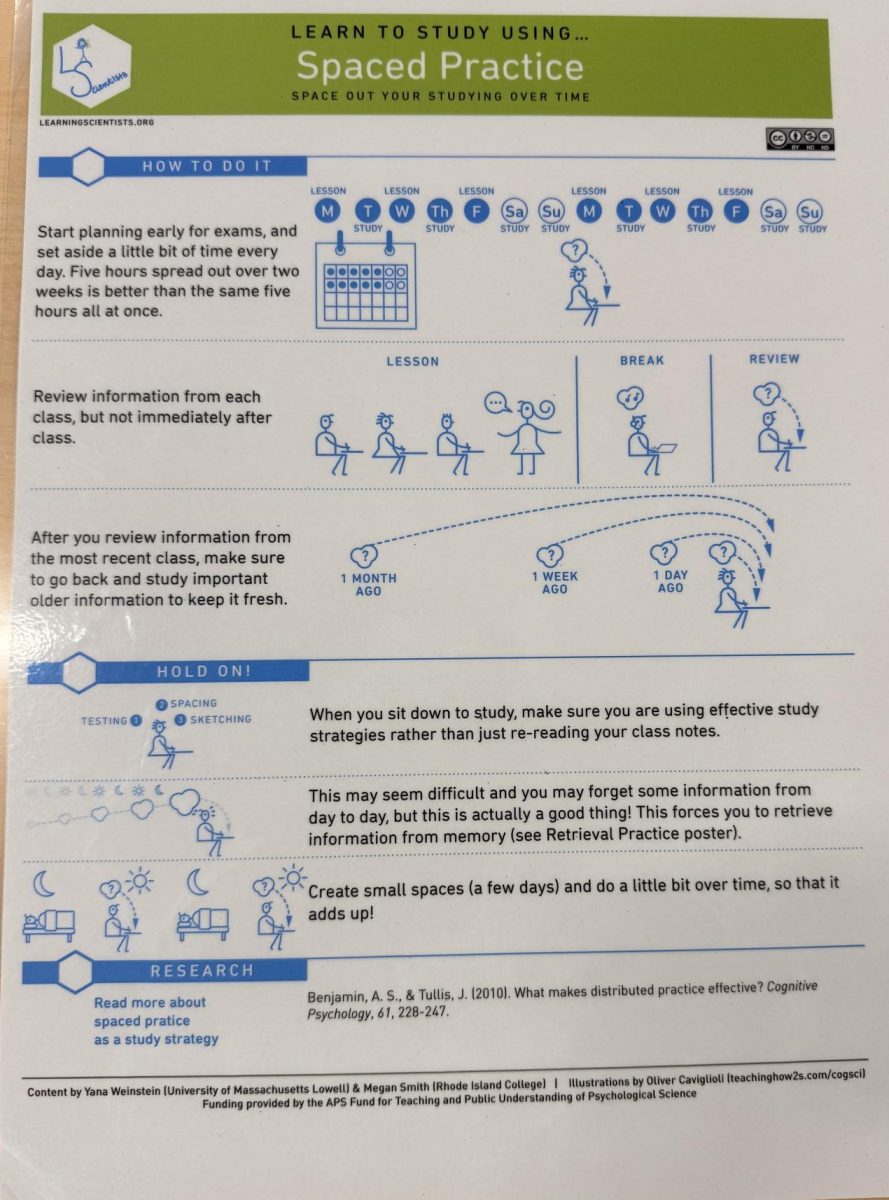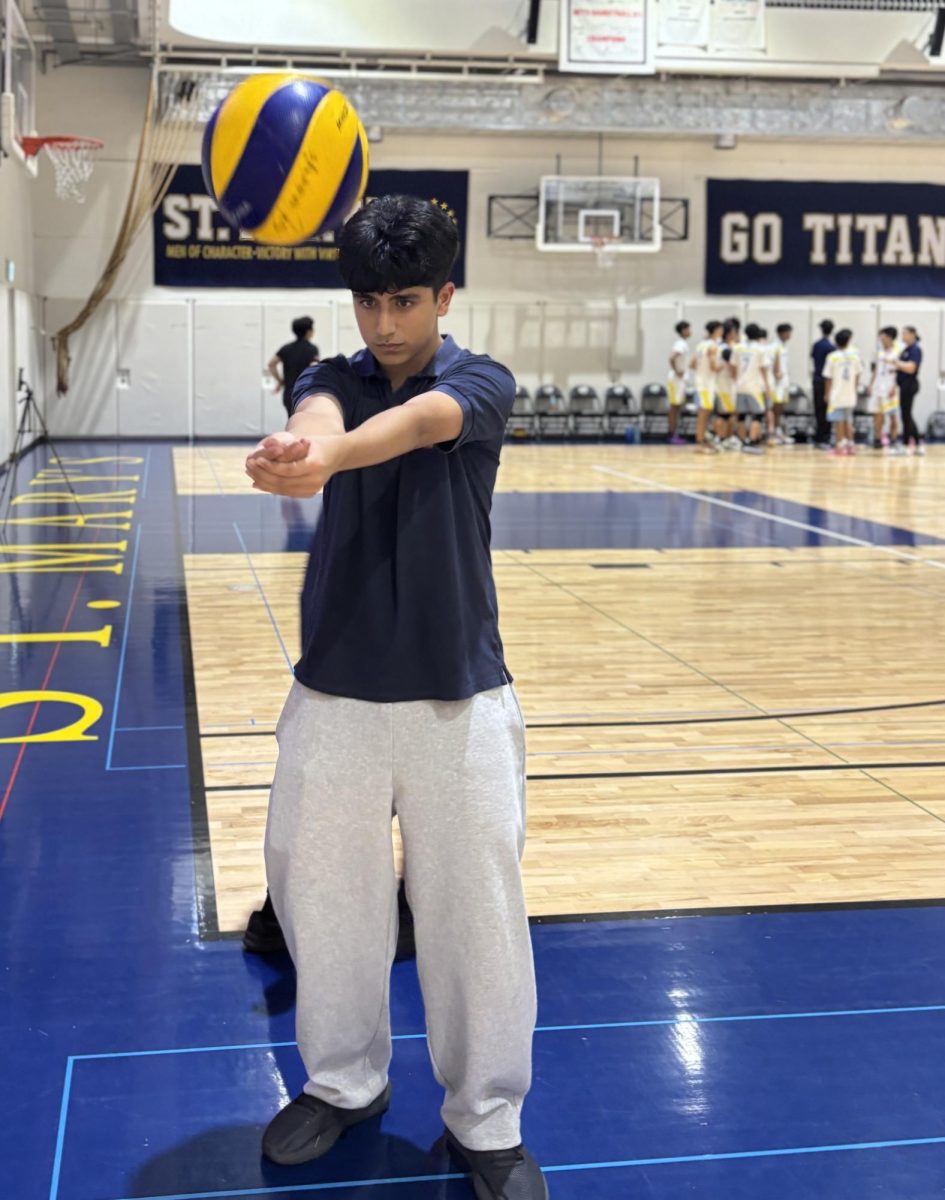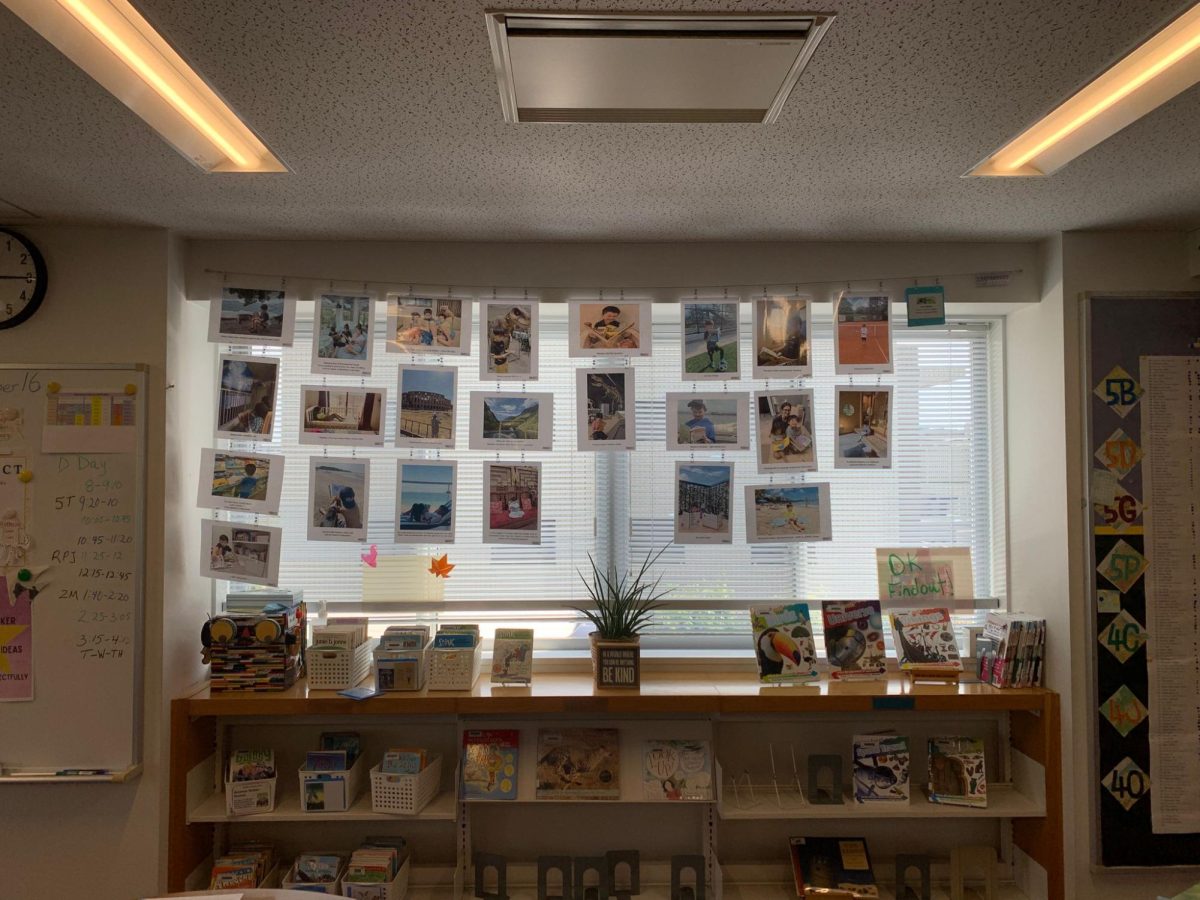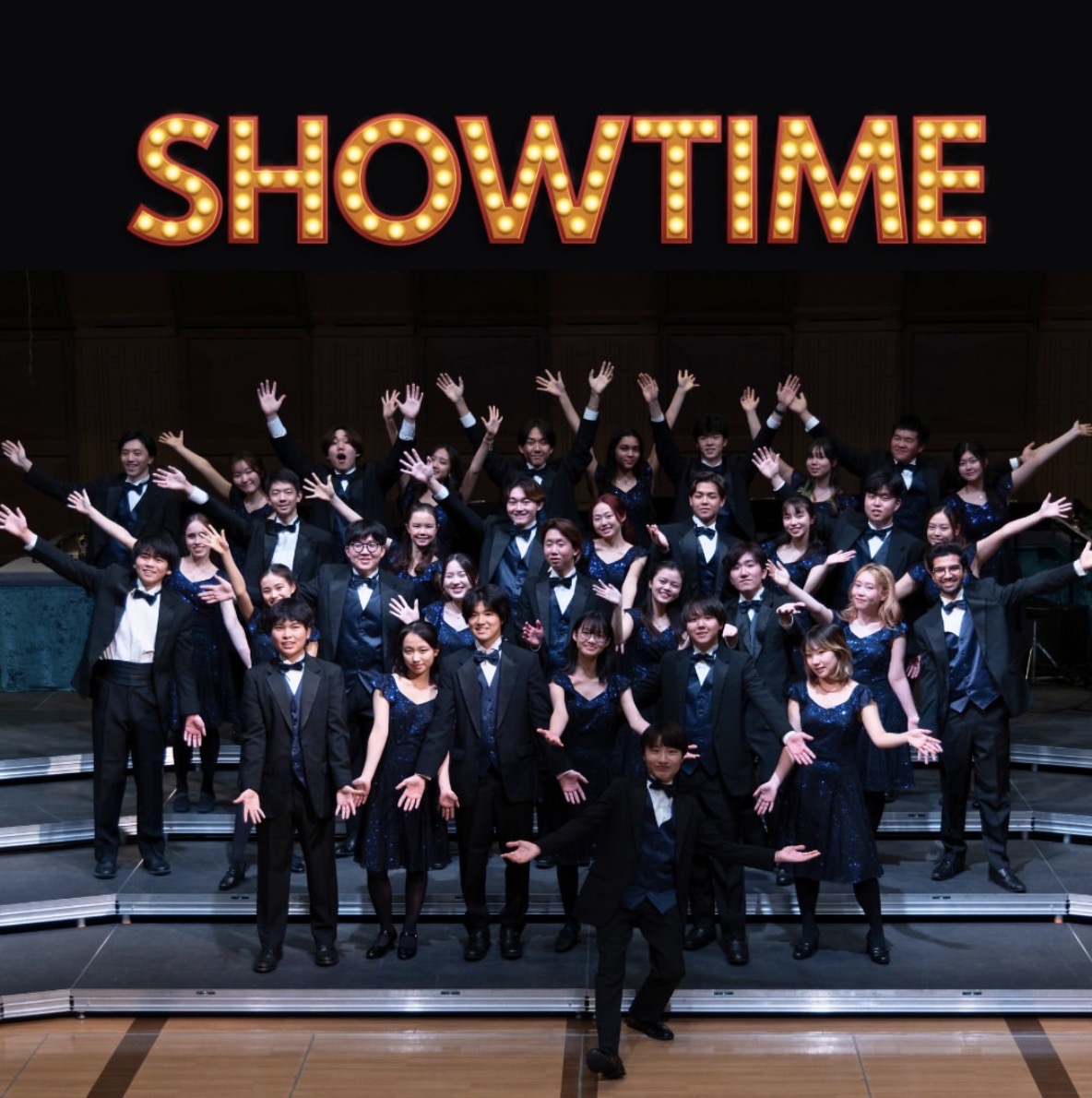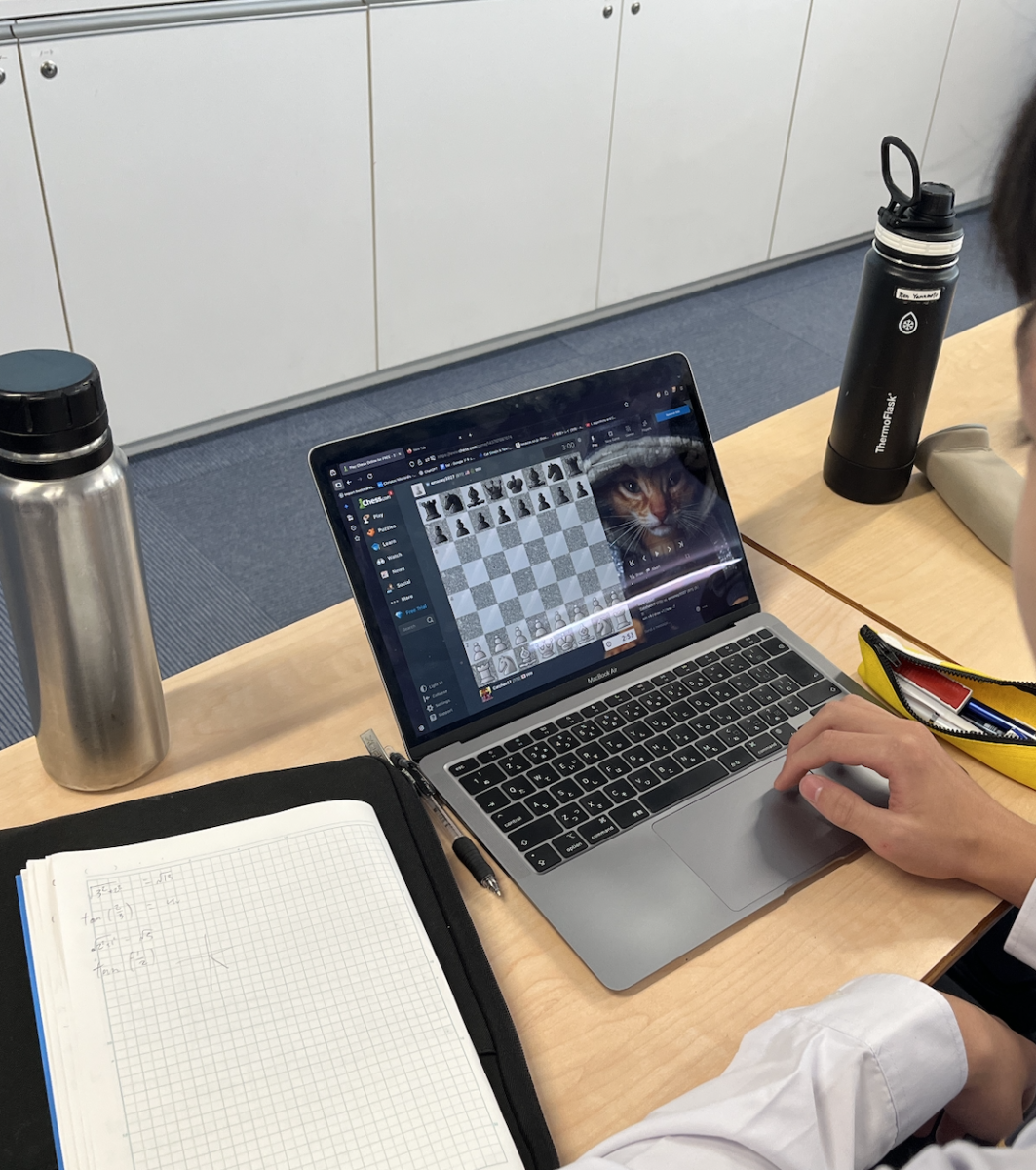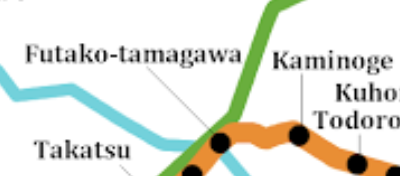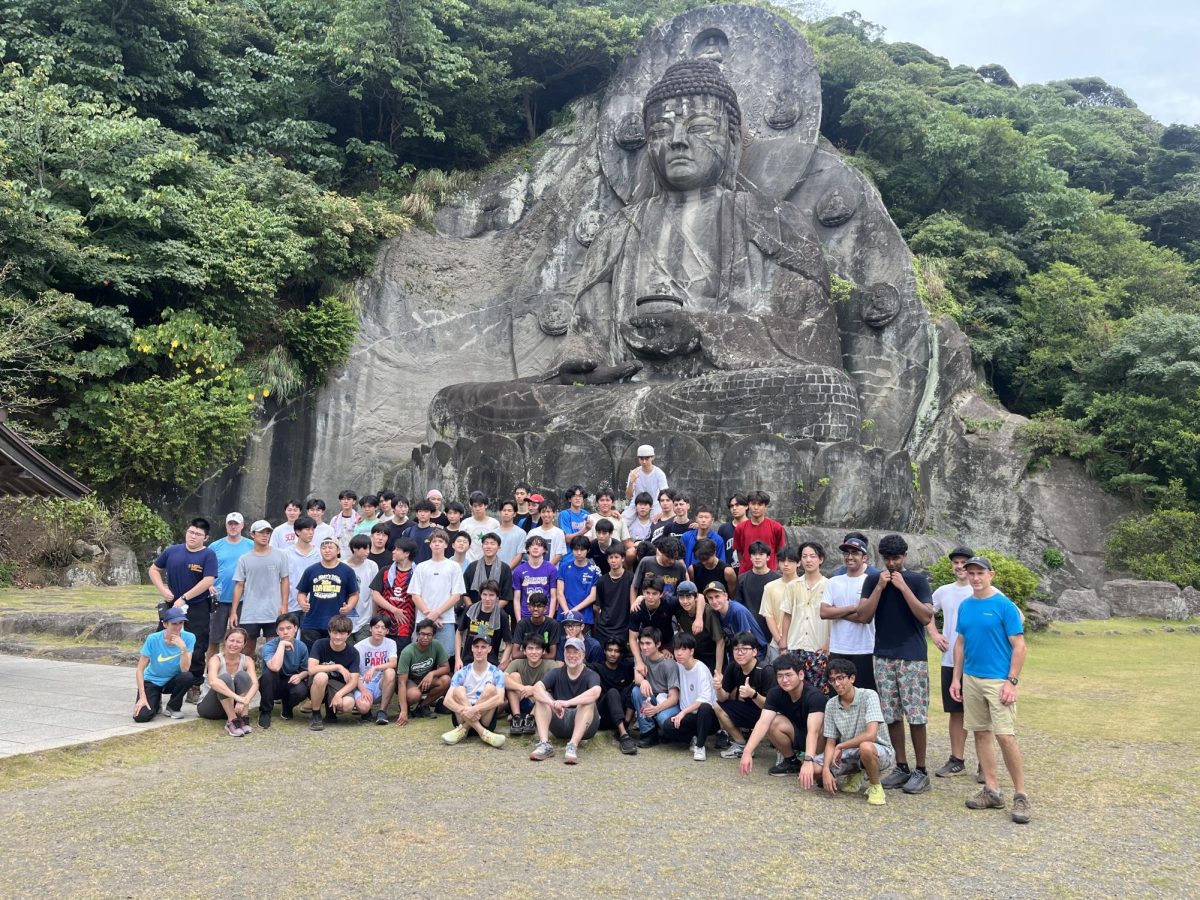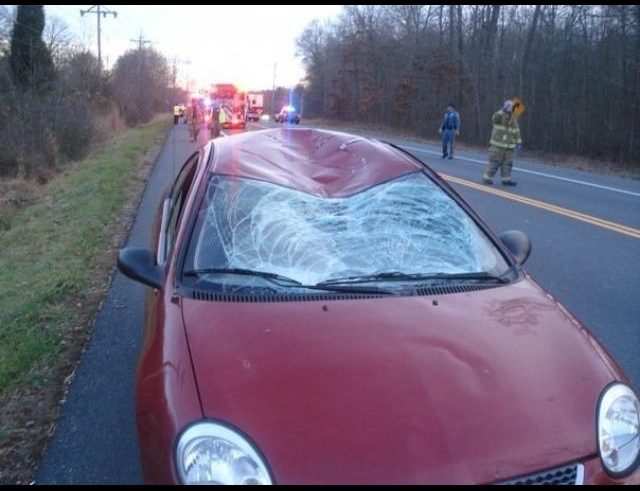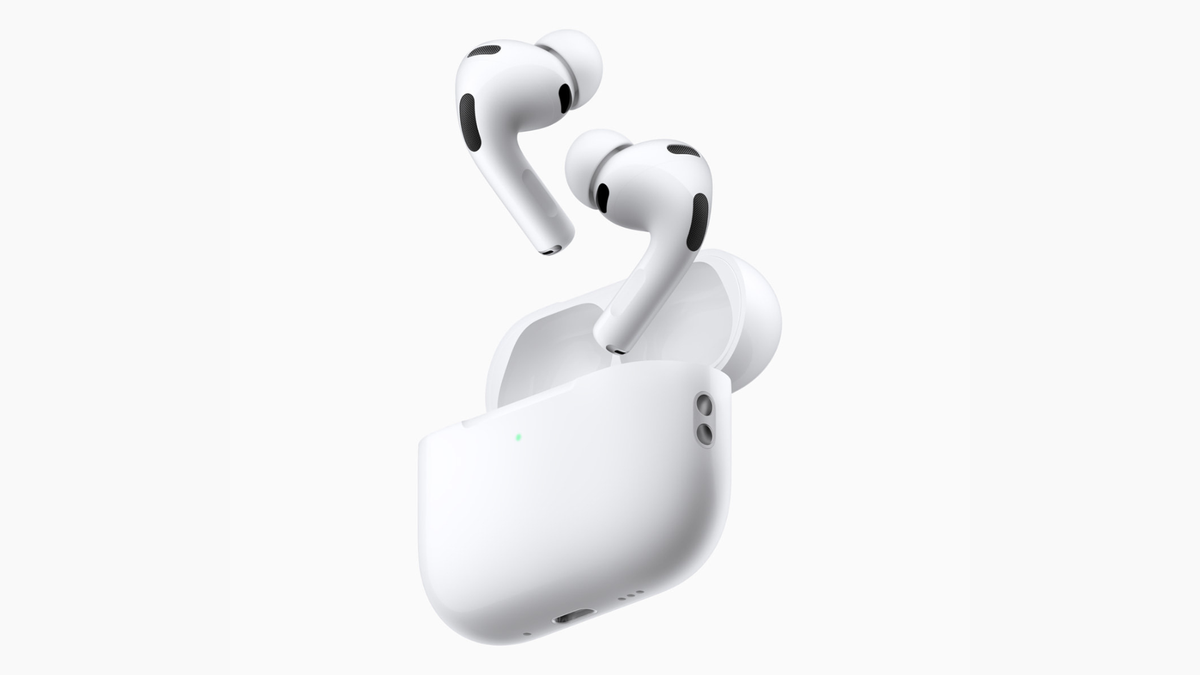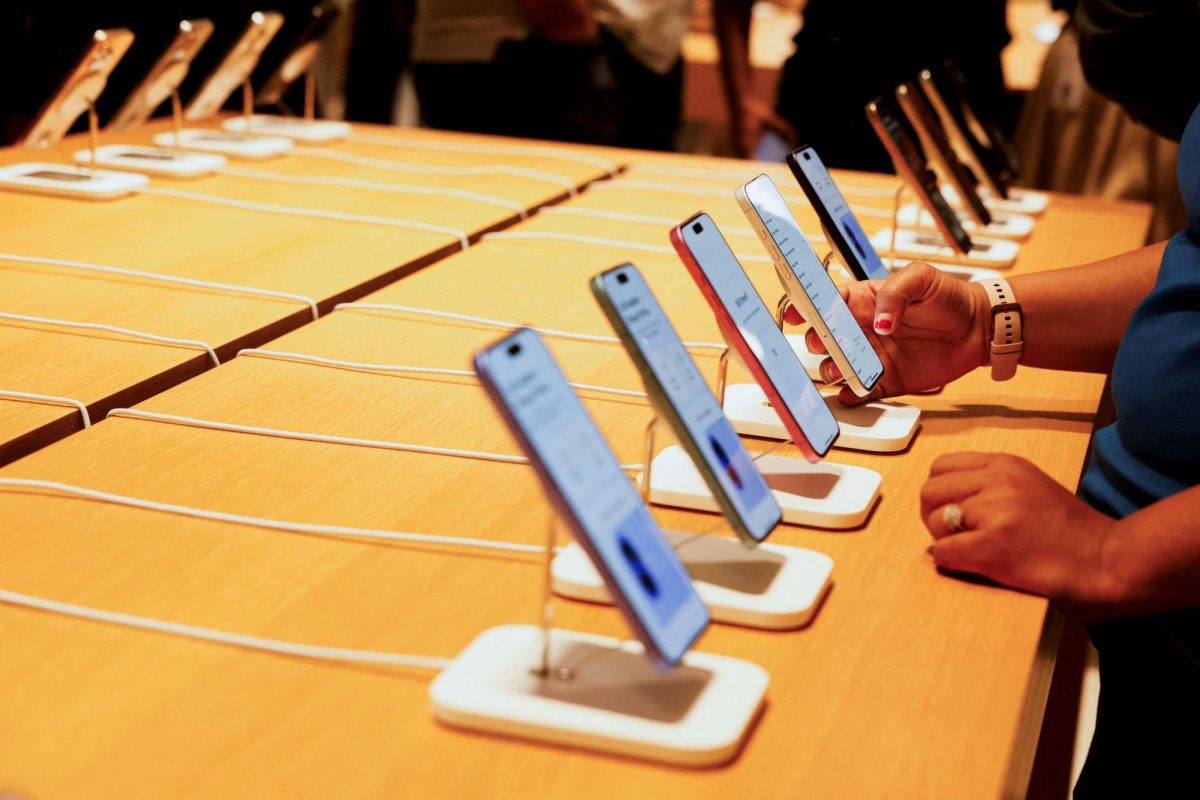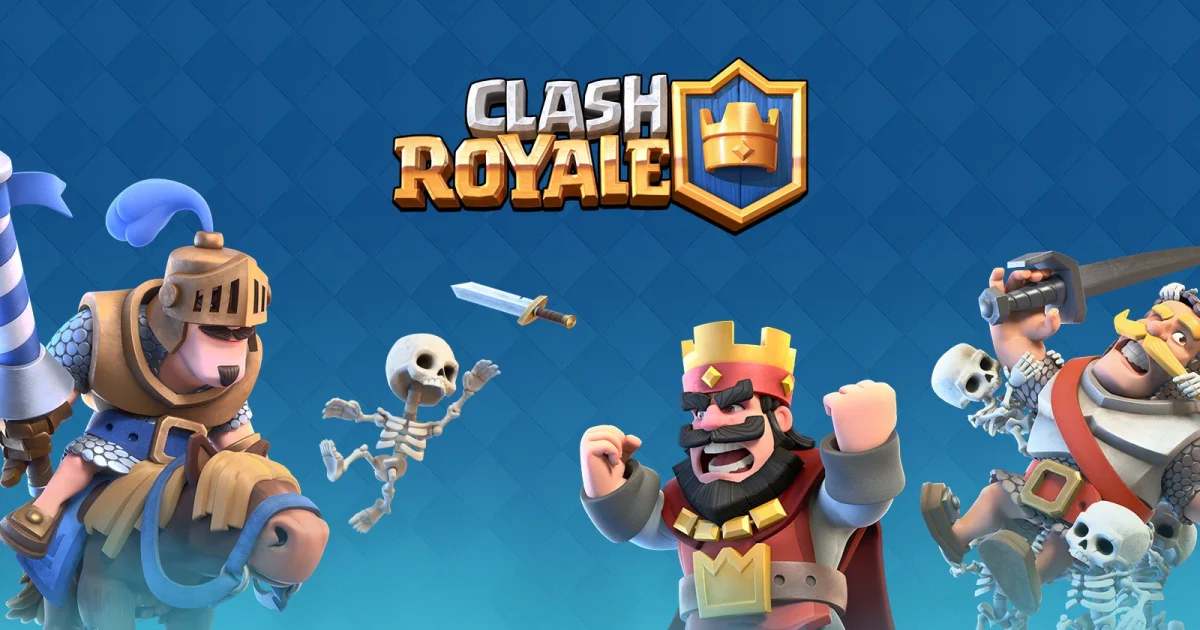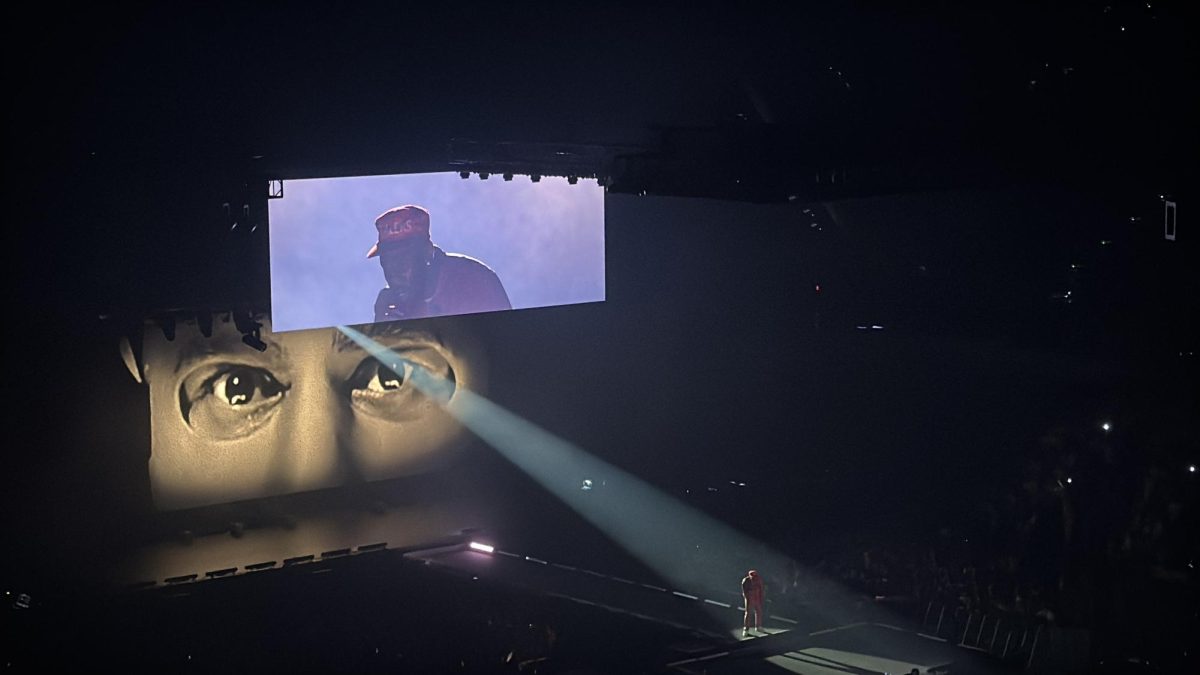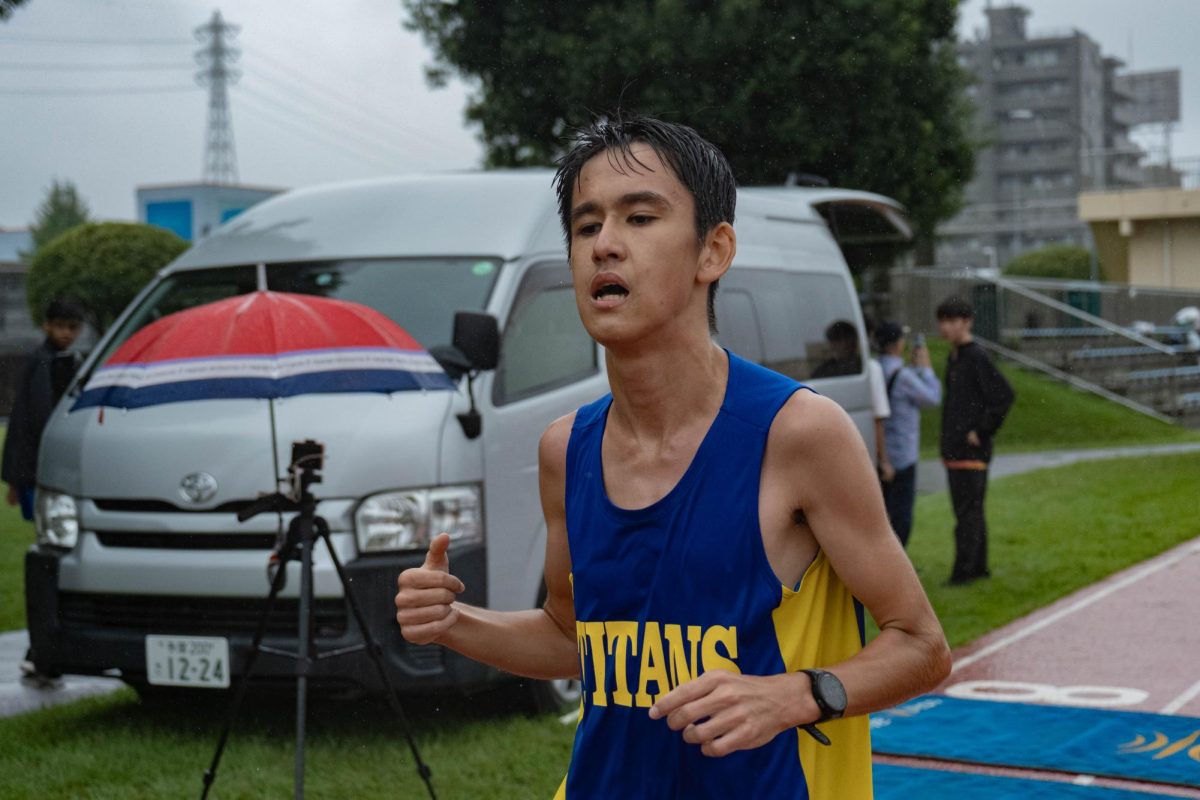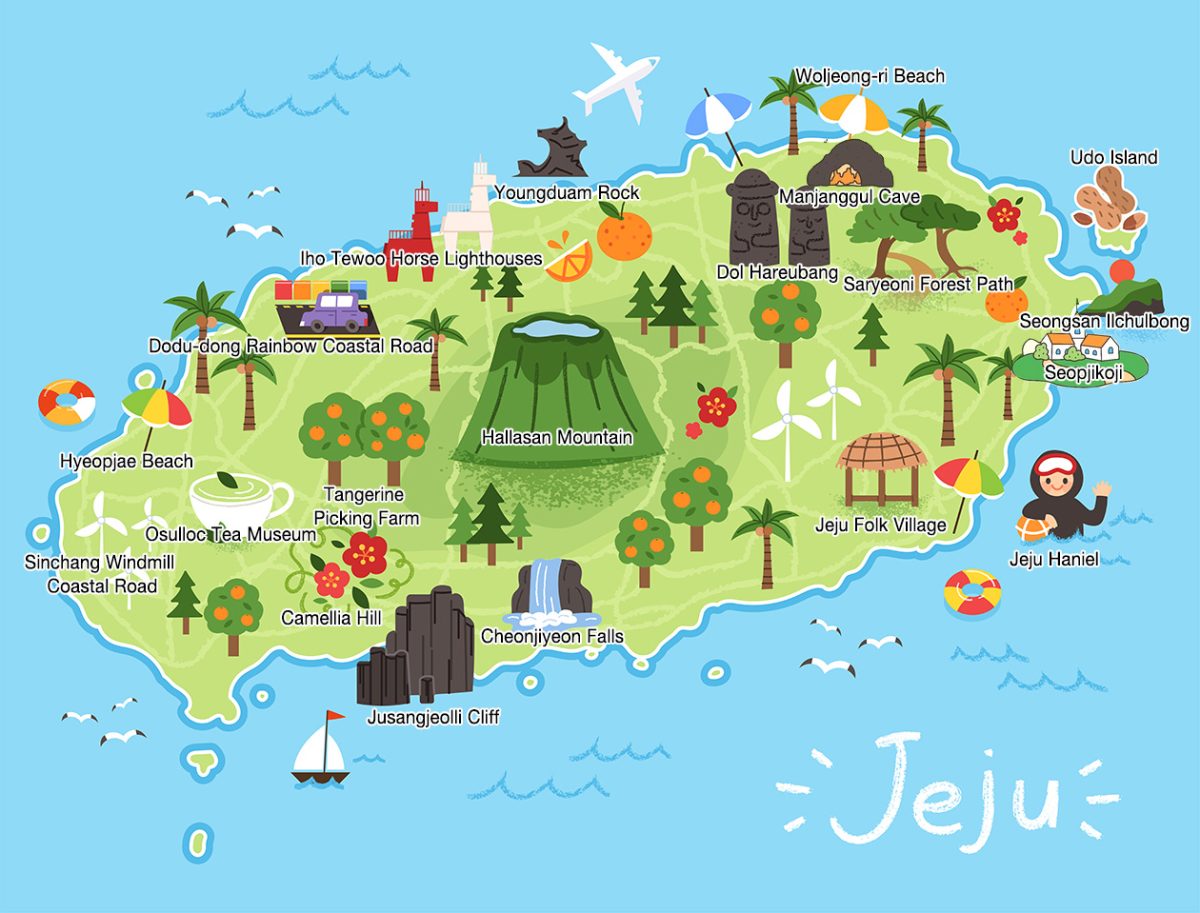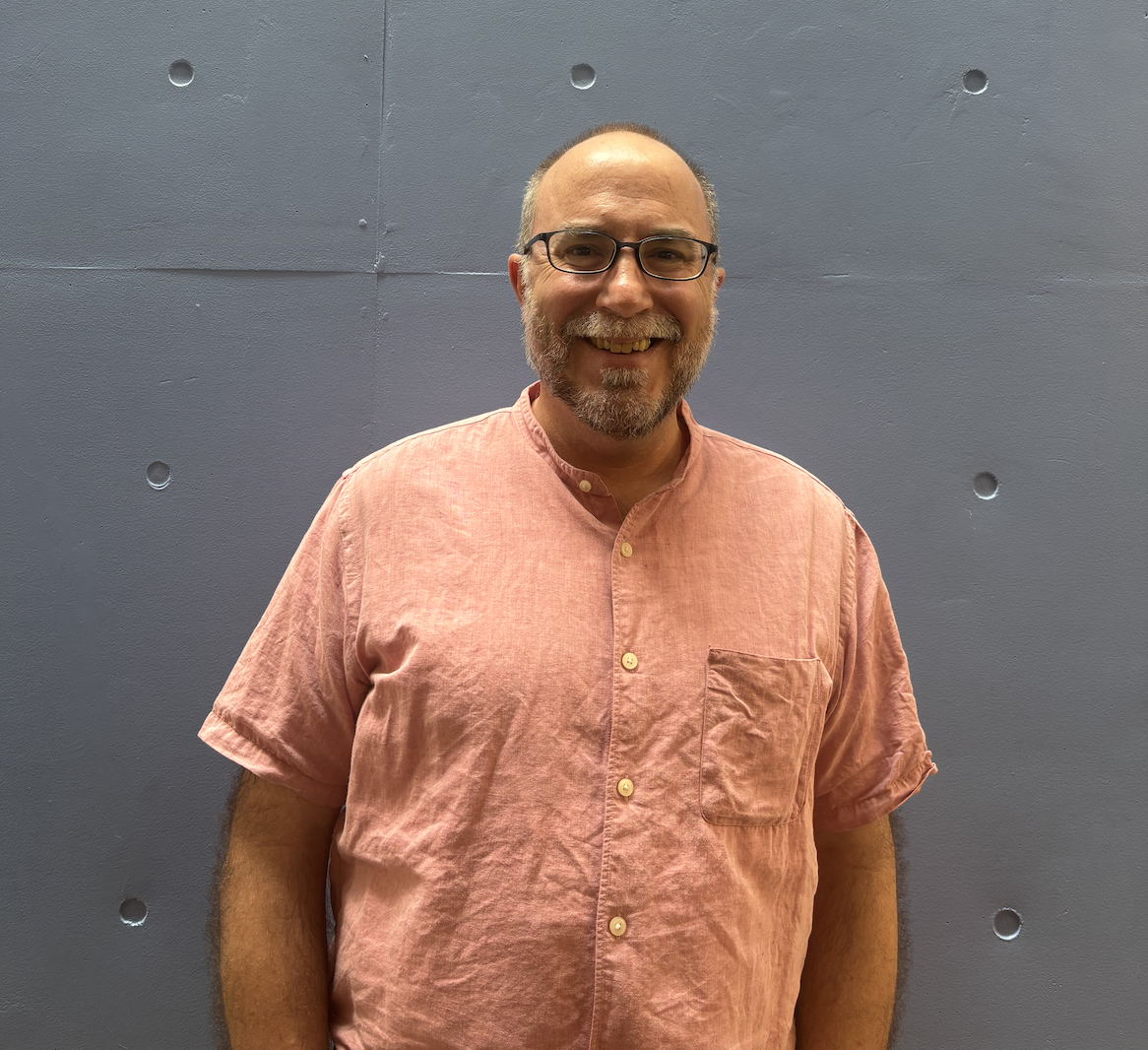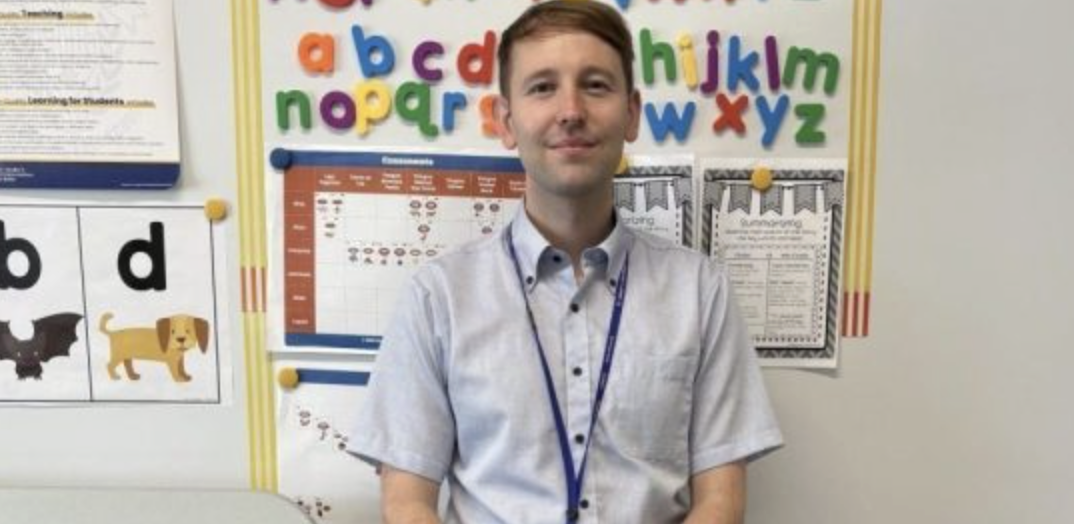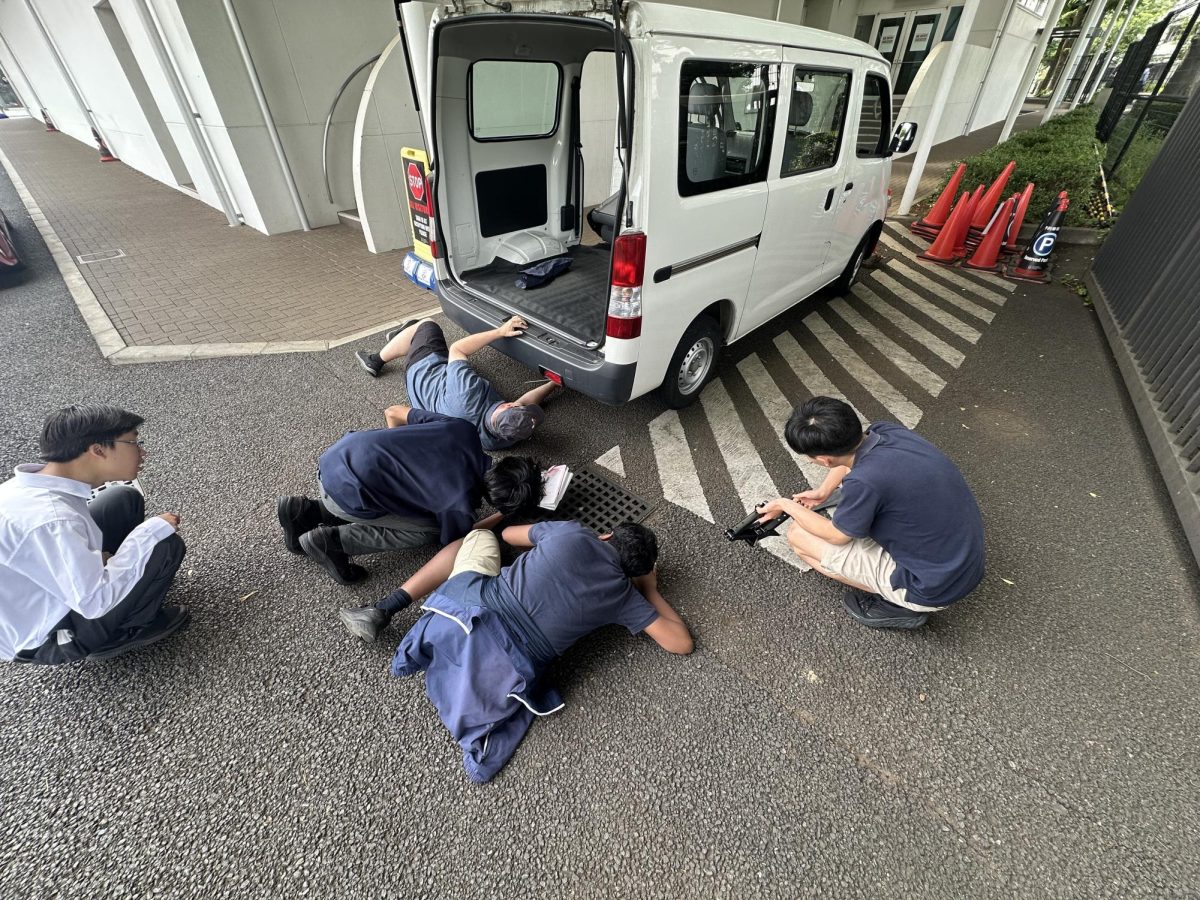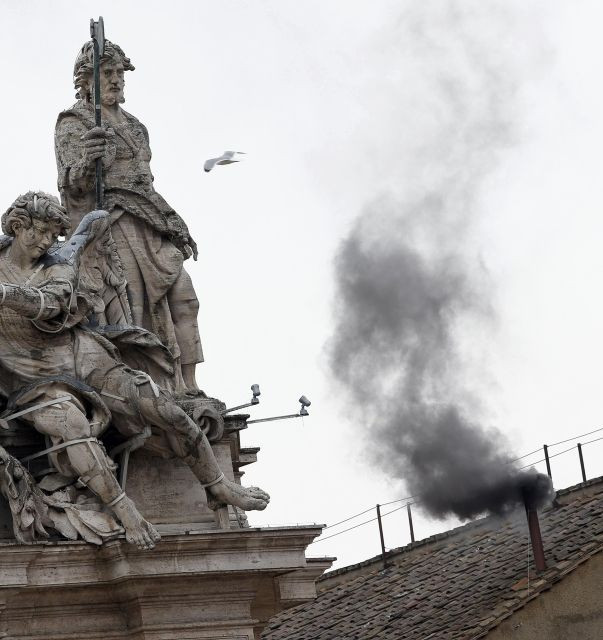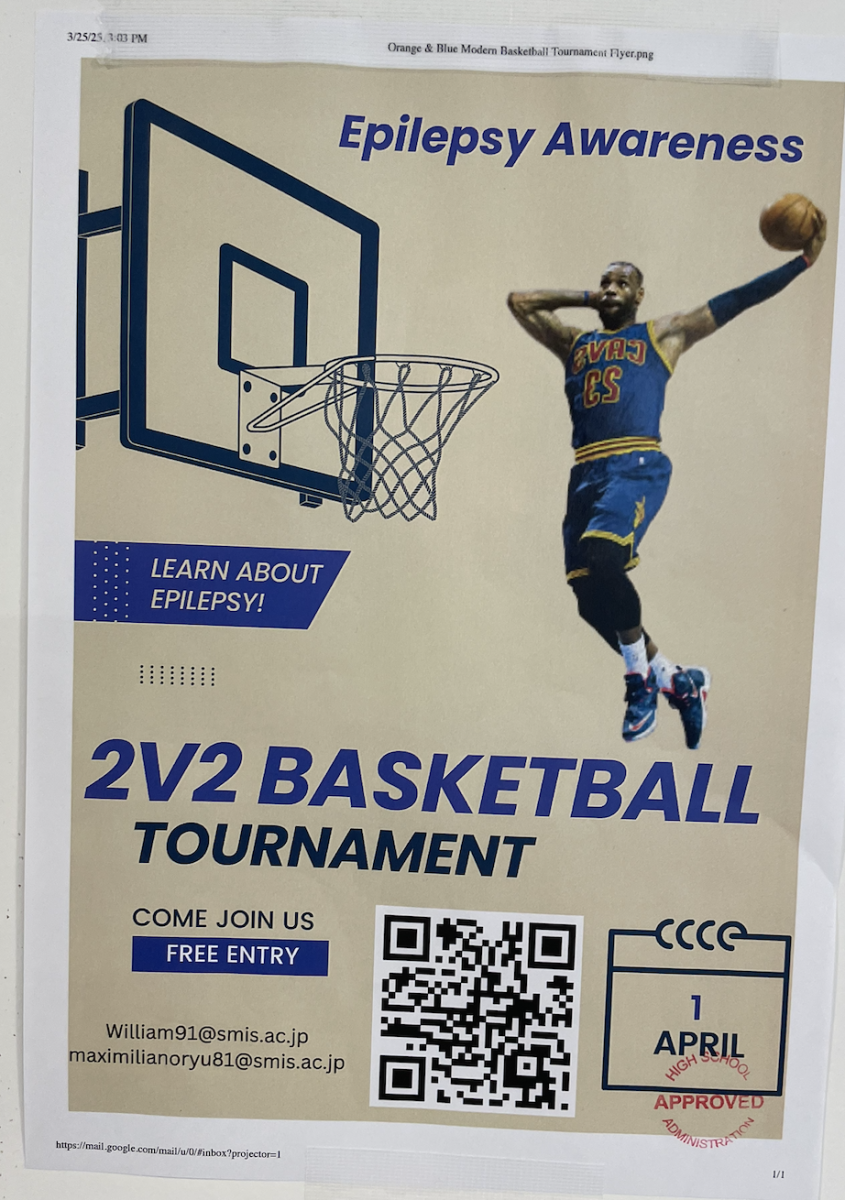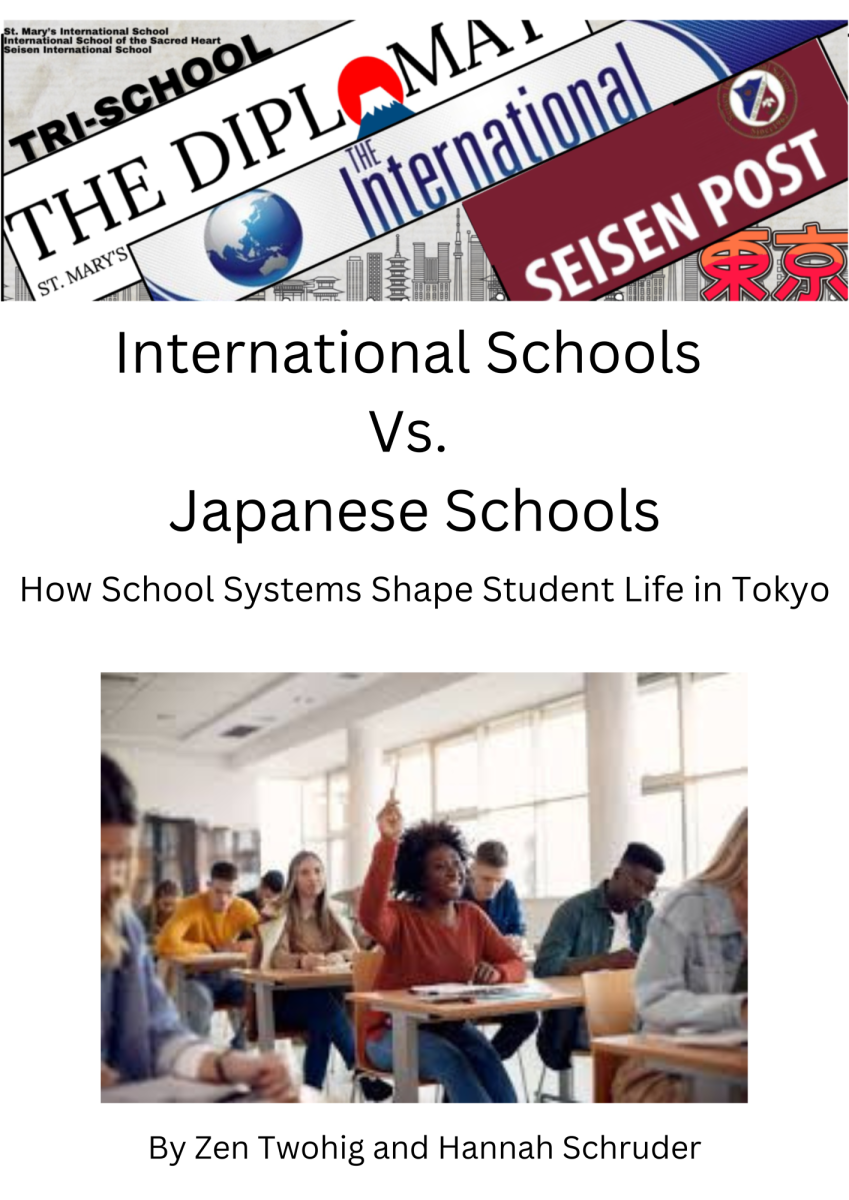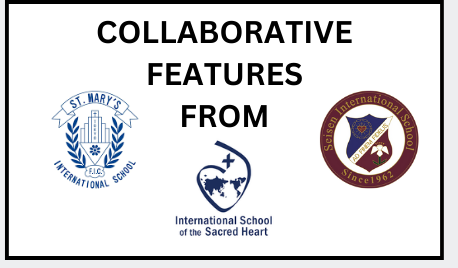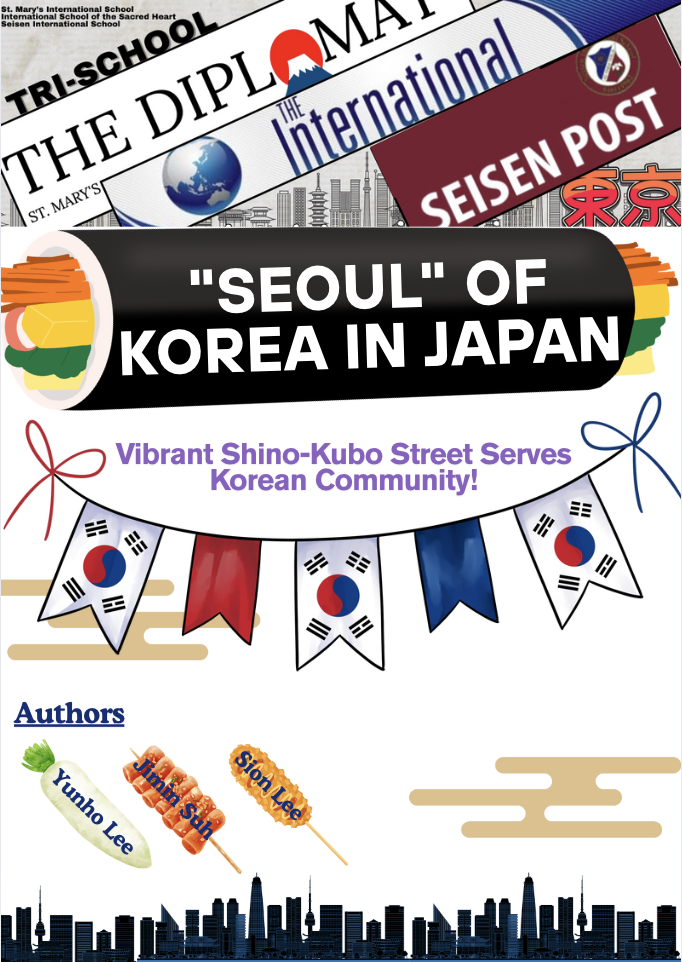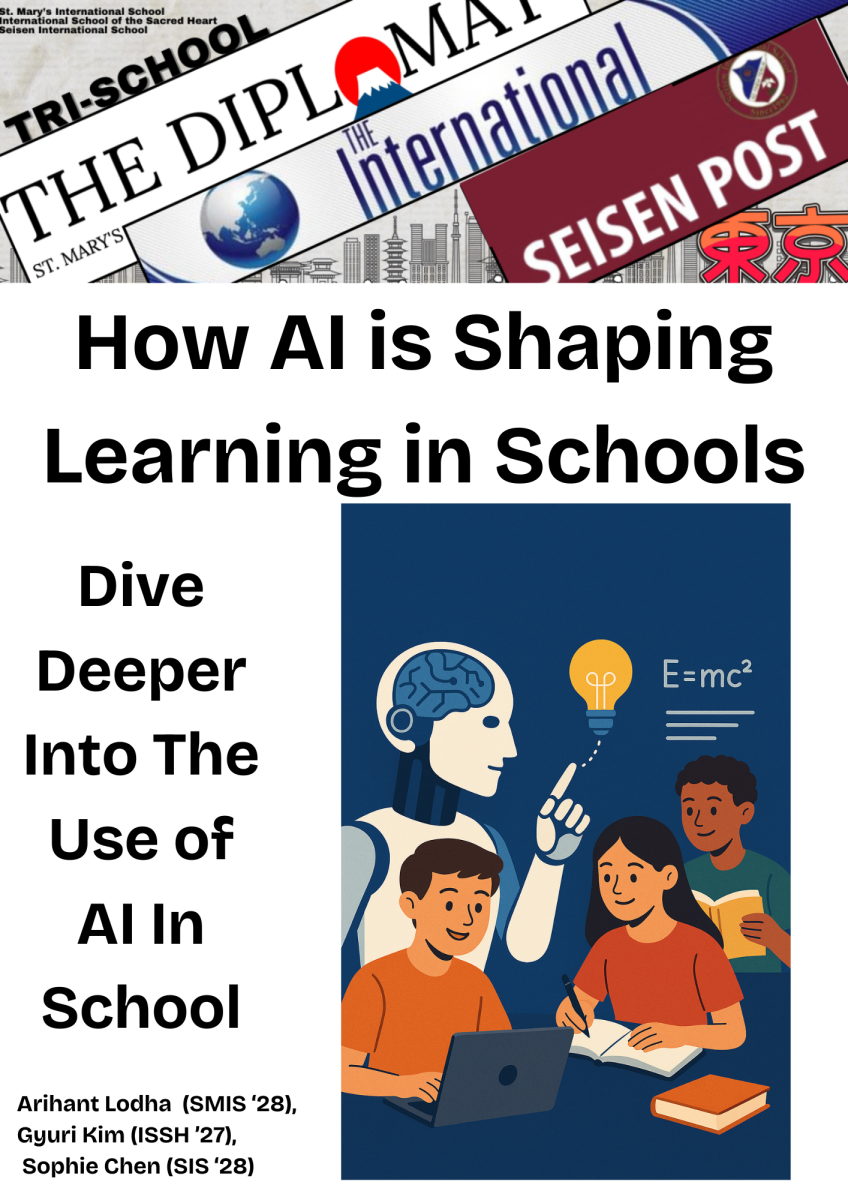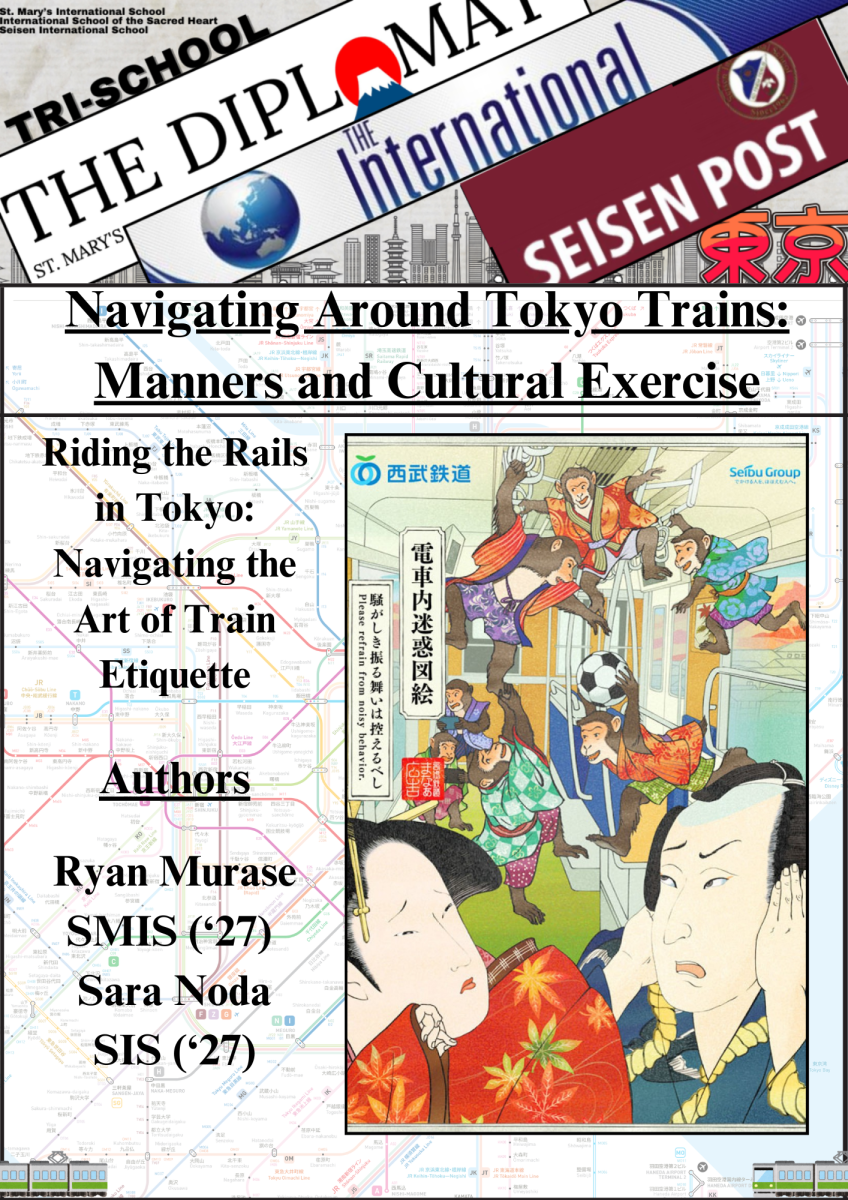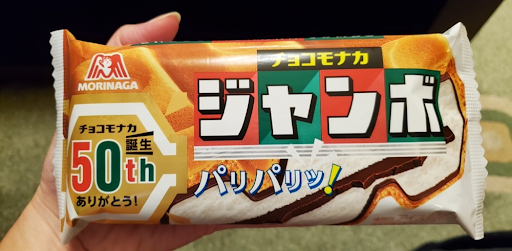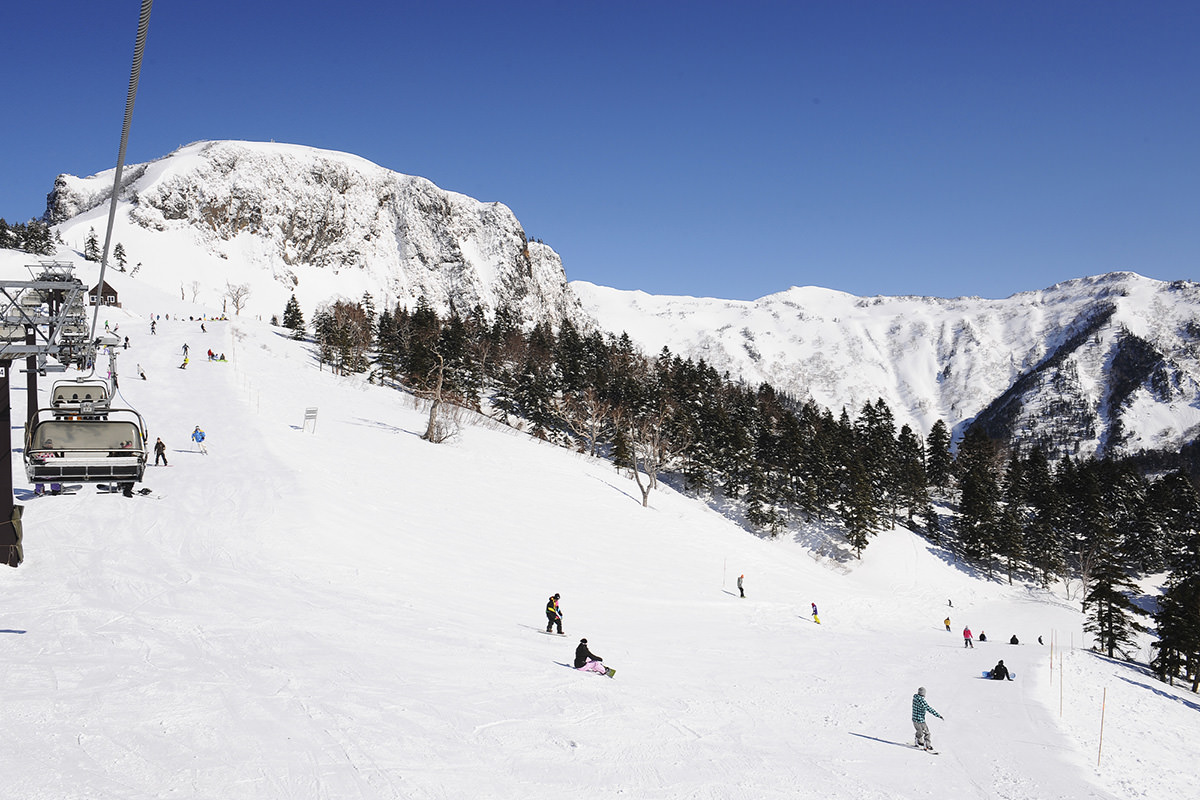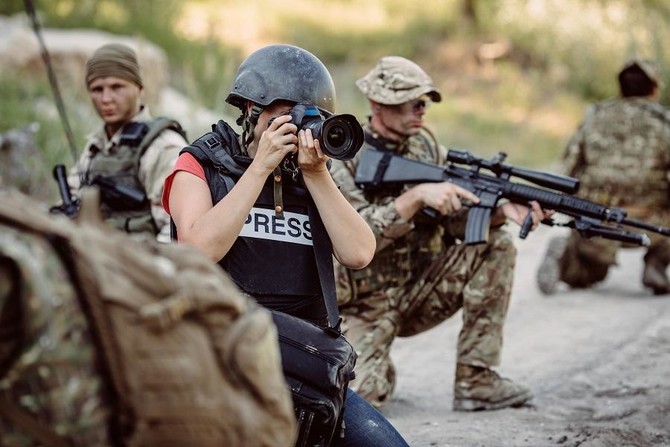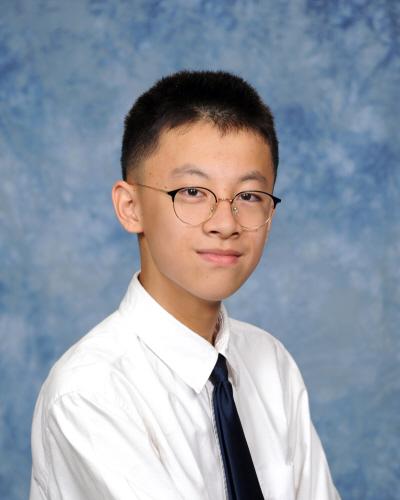Artificial intelligence has reached new, unprecedented heights with the Middle School Administration of St. Mary’s International School (SMIS) in Tokyo drafting new regulations for the technology and officially validating its co-existence with the educational curriculum. The effort was pioneered by Mr. Coleman, Director of Technology, who is familiar to many of the older Middle School students, and overseen by Mr. Cubitt, the Vice Principal of the Middle School, in order to create a more harmonious educational environment and to keep up with the times. “I do think it is important for students to learn about AI,” stated Mr. Cubitt in a matter-of-fact way to elaborate his personal beliefs on the matter, “And have the opportunity to engage with AI because it’s a part of life now, isn’t it? There’s no escape from it.” The regulations themselves were developed with insight and opinions from different teaching staff as well as a select few volunteer students, who meticulously read through the entire draft and gave feedback. The integration of AI in St. Mary’s serves only as a small addition to the increasing importance of technology in everyday life, and it has generated a lot of heated discussion around the topic, leaving nowhere untouched.
Under the official guidelines drafted by the Middle School Administration, there are 5 different tiers of AI in assignments, ranging from no artificial intelligence allowed to the technology being a necessary part of said assignment. Already, the choice of AI assistance was offered with many assignments, notably in Grade 8 English, where the use of Flint, a writing assistant, was encouraged by their English teacher, Mr. Kim. Flint has become a common sight on MacBook screens, and one could wander into the English classroom to be greeted by the sight of students impatiently waiting for the writing assistant to generate feedback. Its use has become quite popular, with 238 sessions of Flint alone created for the drafting of one Grade 8 English assignment, and the reception has been quite positive amongst users. “For example, I would ask it what I need to work on,” claimed Jake Nicholson, a Grade 8 Student and user of Flint in his English assignment, “And it would teach me what’s the standards, so it will tell me exactly what I need to do and I’ll be able to paraphrase or I’ll be able to edit it the way it’s told me to.” In an interview, Vice Principal Cubitt also stated that the technology could support the school, especially in its core values, in addition to academics. “Our mission aims to aims at helping students build harmony, but in particular in the ever-changing world,” said Mr. Cubitt, “And to me, that statement about how the world is ever changing involves the introduction of AI and how it’s becoming embedded into society, and also if you look at our vision we’re trying to help students to courageously embrace future challenges. I think that the way that you learn to use AI appropriately is going to be important in that, and the best way to do that is to use it through the curriculum appropriately.”
However, there have been some concerns about AI’s integration into the curriculum. Some students are worried that AI would give an unfair advantage to students, which would prevent the fair evaluation of their true skills. In a survey conducted across Grade 8 during English classes throughout the day it was taken, 67.2% of the 64 respondents disagreed that AI was a fair representation of a student’s skill. In the same survey, a majority of respondents also expressed some concerns over the impact of technology on their work ethic. “AI made it efficient for me to generate ideas and confirming theories,” one respondent claimed, “That was positive. But I also started slacking, over-relying on it.” There has also been skepticism about how AI could be integrated into subjects like Art, which requires high levels of creativity and original thought. “AI is a threat to art and artists,” claimed student and amateur photographer Eddie Lim cynically in an e-mail, “Companies and schools could decide to use AI-generated images instead of hiring artists or photographers to get them. And why wouldn’t they? It’s faster, easier to work with, and cheaper.” However, the school administration remains confident in the success and reception of their plans. When interviewed, Mr. McGovern, the Elementary School Technology Integrator, understood student concerns about AI’s presence in Art, but dismissed fears that it would outright eliminate human ingenuity. “We’ve had other technology in the past, and it never…people are still creative,” Mr. McGovern reasoned, “And so while it’s a concern, I don’t think long term, I’m not super concerned.” In response to concerns about fair grading, Mr. McGovern agreed that the transition to a digital platform for education may not accurately reflect a student’s ability fairly, compared to a paper-based assessment. He advised alternative methods of assessing standards to adapt to the new era and to adapt to the new technological advances. “So, for example, anybody can write an essay now because of ChatGPT and AI; it’s very easy to do that. All you have to do is say, ‘Write me an essay,’ and it comes up. So it’s very easy to do,” stated Mr. McGovern, “However, not everybody can, you know, we might have to do things like paper pencil tests, but also interviews.”
AI technology has experienced rapid growth in several fields, including education. Advocates have pushed for its integration into curricula, as seen in St. Mary’s, and the effects of their advocacy are growing more observable to many students. The use of AI has reached unprecedented heights in assignments, and few areas remain untouched by it. Its use has become normalized and less stigmatized, and it wasn’t an uncommon sight to see students typing away prompts for AI tools to assist them. Of course, there has been discord amongst members of the St. Mary’s community with the seemingly abrupt introduction of the technology into the school, with some viewing it as a blind leap. However, the school administration remained steadfast in its commitment to take the huge leap forward into the AI era and to keep up with the times, and actual resistance has been minimal. To some, this might have marked the start of something greater, out of control, but others hold out the hope that in the near future, both AI and humanity could still complement each other harmoniously on various fronts. “What I will say is,” wrote Eddie Lim in the same e-mail from before, “That artists who learn to make use of and adapt to AI may avail and create a new creative job for themselves. And there still is a demand for ‘real’ images of actual events that happened in real life.”

